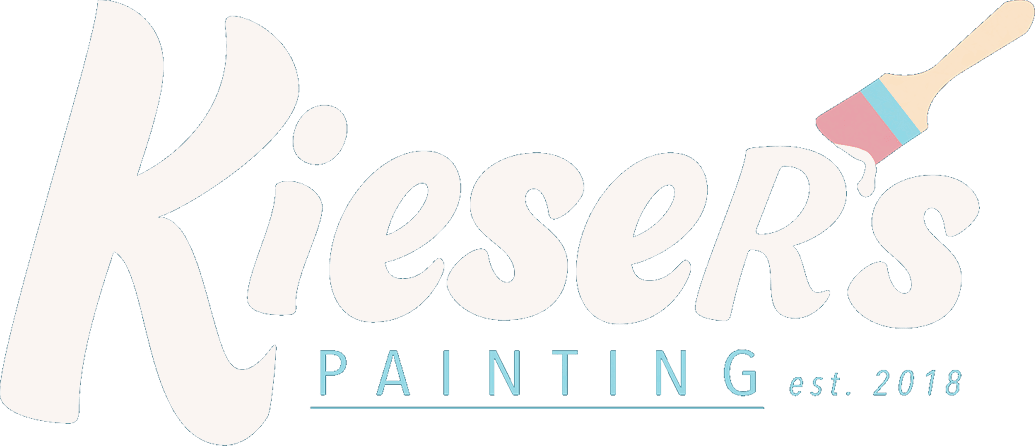Imagine entering a newly painted room, its fresh coat of color instantly transforming the space. The walls seem brighter, the mood feels lighter, and everything appears fresh. A couple recently experienced this magic when they decided to refresh their living room.
However, what seemed like a straightforward task became overwhelming as they faced choosing the best paint for interior spaces. Their decision felt daunting from finish to color, but with the right guidance, they achieved stunning results.
If you’re considering repainting your home, selecting the best paint for interior walls is crucial for achieving long-lasting beauty and functionality. This guide will explain what you need to know.
Key Takeaways:
- The type of paint you choose significantly impacts the aesthetics and durability of your interior walls.
- Factors such as room function, finish, and paint composition are essential in decision-making.
- Hiring professionals ensures flawless application and maximizes the lifespan of your interior paint.
1. Understanding the Basics: Types of Interior Paint
Choosing the best paint for interior walls begins with understanding the two primary types:
- Water-Based Paints
- Easy to clean and quick-drying.
- Low odor, making it a safer option for indoor spaces.
- It is ideal for living rooms, bedrooms, and hallways.
- Oil-Based Paints
- Known for their durability and smooth finish.
- Best for high-traffic areas like kitchens and bathrooms.
- Requires more drying time and proper ventilation during application.
When selecting paint, consider the specific needs of each room and how the paint’s properties align with them.
2. Consider the Room’s Purpose
Each room in your home serves a unique function, and your choice of paint should reflect that.
- Living Rooms and Bedrooms:
Opt for soft, matte finishes that create a cozy atmosphere. - Kitchens and Bathrooms:
Use semi-gloss or satin finishes for moisture resistance and easy cleaning. - Kids’ Rooms or High-Traffic Areas:
Choose durable, washable paints to withstand wear and tear.
3. The Importance of Paint Finish
The finish of the paint determines its appearance and functionality. Here’s a breakdown:
- Flat/Matte:
- Hides imperfections but is less durable.
- Best for ceilings and low-traffic areas.
- Eggshell:
- Offers a slight sheen and moderate durability.
- Ideal for living rooms and dining rooms.
- Satin:
- Smooth finish with a slight gloss, easy to clean.
- Great for kitchens, bathrooms, and high-traffic spaces.
- Semi-Gloss/Gloss:
- Highly reflective and durable.
- Perfect for trim, cabinets, and areas exposed to moisture.
4. Choosing the Right Color Palette
The best paint for interior spaces depends not only on durability but also on color selection.
- Neutral Shades:
- Timeless and versatile.
- Examples: Beige, gray, and white.
- Bold Colors:
- Create a statement or add a character.
- Examples: Navy blue, emerald green, deep red.
- Soft Pastels:
- Offer a calming effect.
- Examples: Lavender, mint green, and light blue.
Pro Tip: Test your chosen color in different lighting conditions to see how it looks throughout the day.
5. Environmental and Health Considerations
Modern homeowners are increasingly prioritizing eco-friendly options. When selecting the best paint for interior use, look for:
- Low-VOC or No-VOC Paints:
- VOCs (volatile organic compounds) can release harmful chemicals into the air.
- Low-VOC paints are safer for families and the environment.
- Non-Toxic Options:
- Ideal for nurseries or homes with pets.
- Ensure the paint meets safety standards.
6. Budgeting for the Best Paint
Investing in high-quality paint ensures better coverage, durability, and fewer touch-ups.
- Premium Paints:
- Offer better pigment, coverage, and longevity.
- Typically, it costs more upfront but saves money over time.
- Budget-Friendly Paints:
- It may require more coats for coverage.
- Ideal for temporary spaces or DIY projects.
Pro Tip: Always calculate the square footage of your walls to determine how much paint you need, avoiding unnecessary expenses.
7. Hiring Professionals vs. DIY
While painting might seem like a manageable DIY project, professionals can ensure flawless results.
Benefits of Hiring Professionals:
- Expertise in selecting the best paint for interior walls.
- Efficient and precise application.
- It saves time and reduces stress.
- Access to professional-grade tools and materials.
Key Tips for Success
- Prepare surfaces properly by cleaning and priming.
- Use high-quality brushes and rollers for an even finish.
- Avoid painting in humid or icy conditions.
- Always follow manufacturer instructions for the best results.
We Have the Best Paint for Interior Spaces!
Selecting the best paint for interior spaces doesn’t have to be overwhelming. You can achieve a stunning transformation by considering the room’s purpose, paint finish, and budget. Whether refreshing a single room or repainting your entire home, make the smart choice by partnering with trusted professionals.
Ready to transform your home with expert painting services? Call Kieser’s Painting at 402-866-8260 for a free estimate today!

